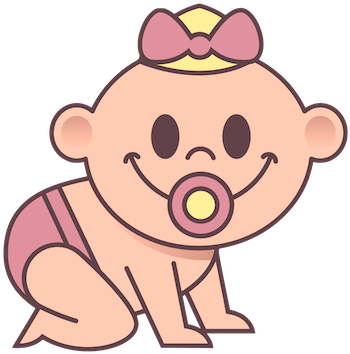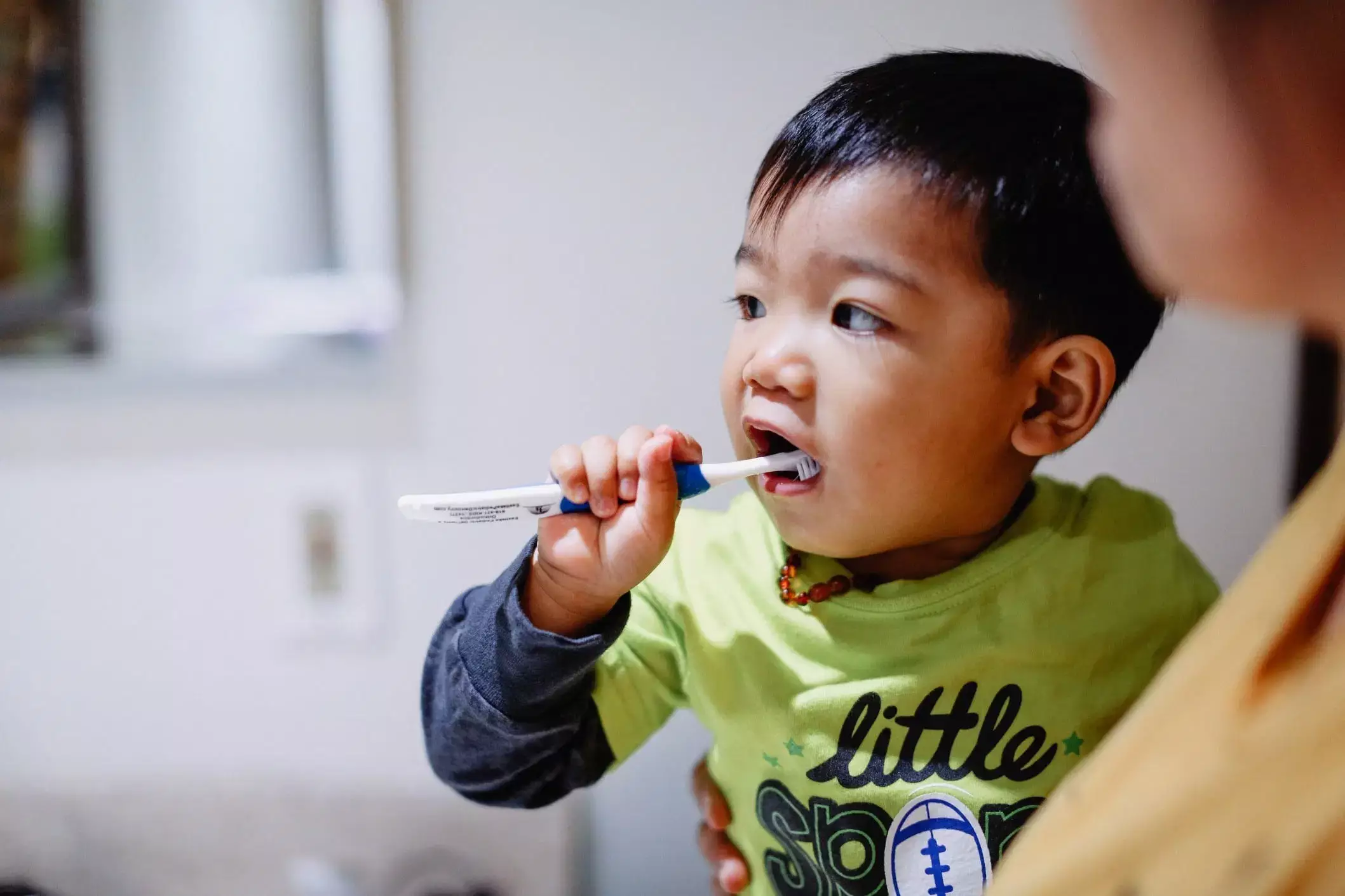As both a dentist and a parent, I’ve witnessed firsthand the common apprehension children have when it comes to dental care. While toddlers may not readily understand the importance of brushing, establishing a nurturing and playful approach can make all the difference. This journey starts long before that significant first visit to the dentist. It’s crucial for parents to actively prepare their children in ways that demystify dental care and transform the experience into something fun rather than fearful. Children are naturally curious, and when their first encounter with dentistry is paired with excitement and reassurance, the groundwork is laid for a lasting positive attitude towards oral health.
Creating a Routine with Joy
Jumpstarting your child’s dental habits can be as simple as integrating fun into their daily routines. From infancy, it’s advantageous to begin cleaning your child’s gums gently. The act of caring for their mouths should be free of reluctance; instead, it should spark a sense of play. As your child reaches the 12- to 18-month mark, introducing a gentle brushing routine with flavored toothpaste can transform a potential tantrum into a delightful ritual. Kids thrive on routines, and integrating brushing into their lives early allows them to view it as just another joyful part of the day – much like storytime or playtime. Setting the stage well before the dentist appointment can pave the way for smoother interactions when they find themselves in the actually dentist’s chair.
The Right Tools for the Job
Selection is key when it comes to engaging children in dental care. Utilizing a toothpaste they enjoy can be a game-changer. Instead of a simple mint flavor that appeals to adults, consider bubblegum or even chocolate options for the little ones. A little creativity goes a long way! Don’t be shy about experimenting until you find the flavor that resonates with your child. Furthermore, ensure that your child is using age-appropriate products. For toddlers who are just getting the hang of spitting, starting with non-fluoridated varieties and then transitioning to fluoride toothpaste when they’re ready can help safeguard their developing teeth without the added worry of ingestion.
The Anticipatory Setup: Tell, Show, and Do
Preparing your child for the dentist doesn’t have to be daunting. The three-pronged approach of ‘tell, show, do’ serves as an effective method for easing anxiety. Begin by discussing what to expect during their visit. Engage in age-appropriate conversations that frame dental visits in a positive light; using simple language can help your child grasp its importance.
Demonstrating can further alleviate fears. Books about visiting the dentist can serve as a fantastic resource, providing context and familiarity. The visual aid of a story can help dissolve anxiety, showing your child that the dental office isn’t a scary, sterile environment, but rather a place dedicated to keeping their smile sparkling. Finally, the ‘do’ of the methodology is best executed through a trip to the dental office prior to the actual appointment. Allowing your child to explore the environment, ask questions, and touch friendly dental instruments can transform anxiety into curiosity.
Making Dental Visits an Adventure
Incorporating a playful aspect into the whole process can foster excitement around dental hygiene. Role-playing as if going to the dentist can be incredibly beneficial. By using toys or stuffed animals, imitate the steps involved in a visit. Count the plushie’s teeth together or pretend to clean them, making the experience playful and stress-free. This prepares them for the real visit in a familiar context, empowering them to tackle any nerves they might feel on the day of the appointment.
Additionally, offering incentives for healthy habits can create positive reinforcement. A reward system, such as joyful outings to the park after a dentist’s visit or playful rewards like stickers, can kindle a sense of achievement in kids. Acknowledging their bravery with praise is essential for building confidence and enthusiasm around dental hygiene—transforming an experience they might otherwise dread into a delightful personalized adventure. Embracing a fun-oriented approach to dental health ensures that kids learn to value their oral care journey—one smile at a time.

